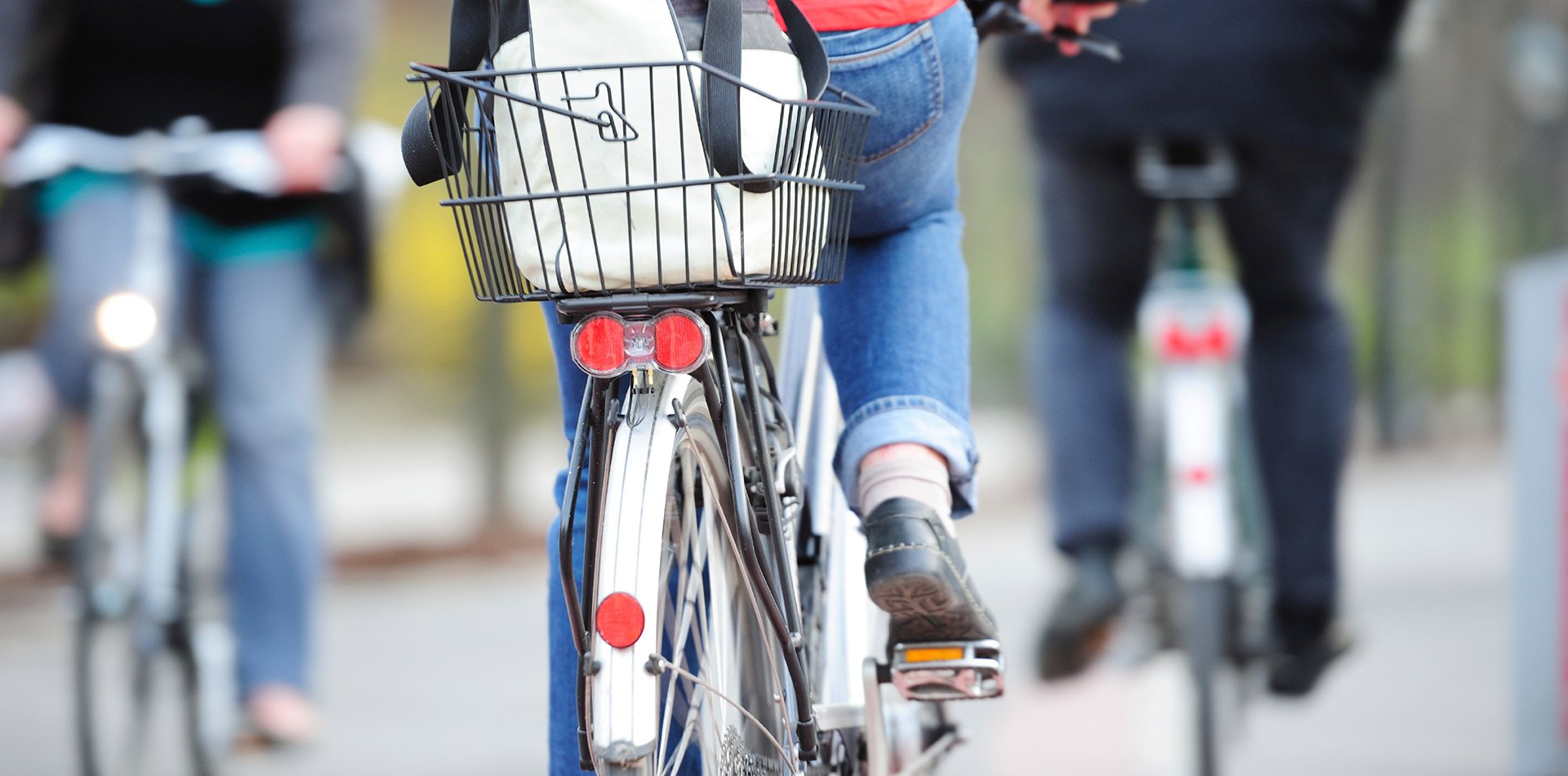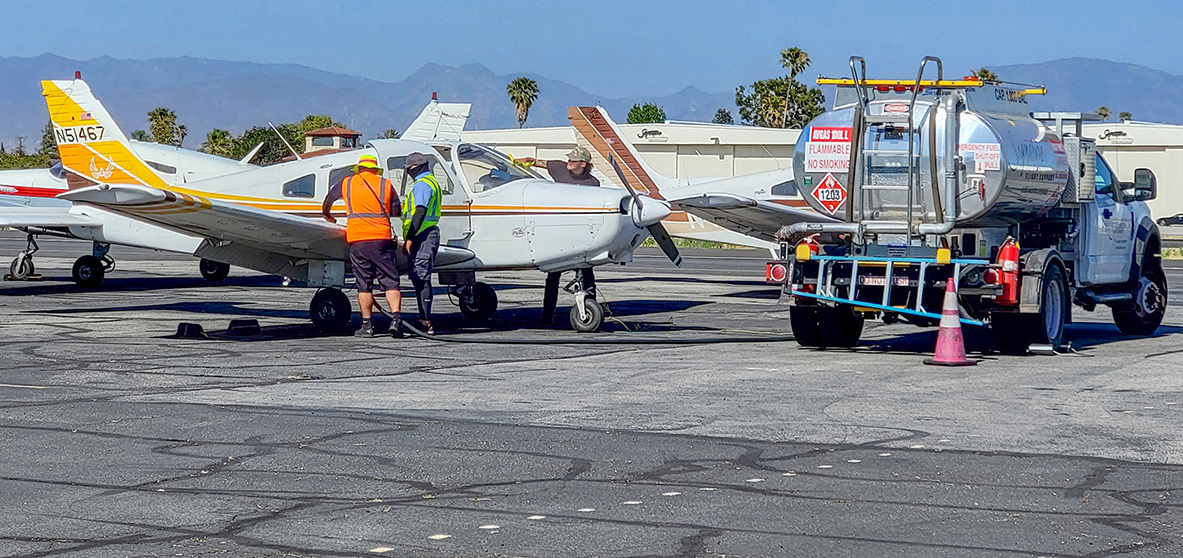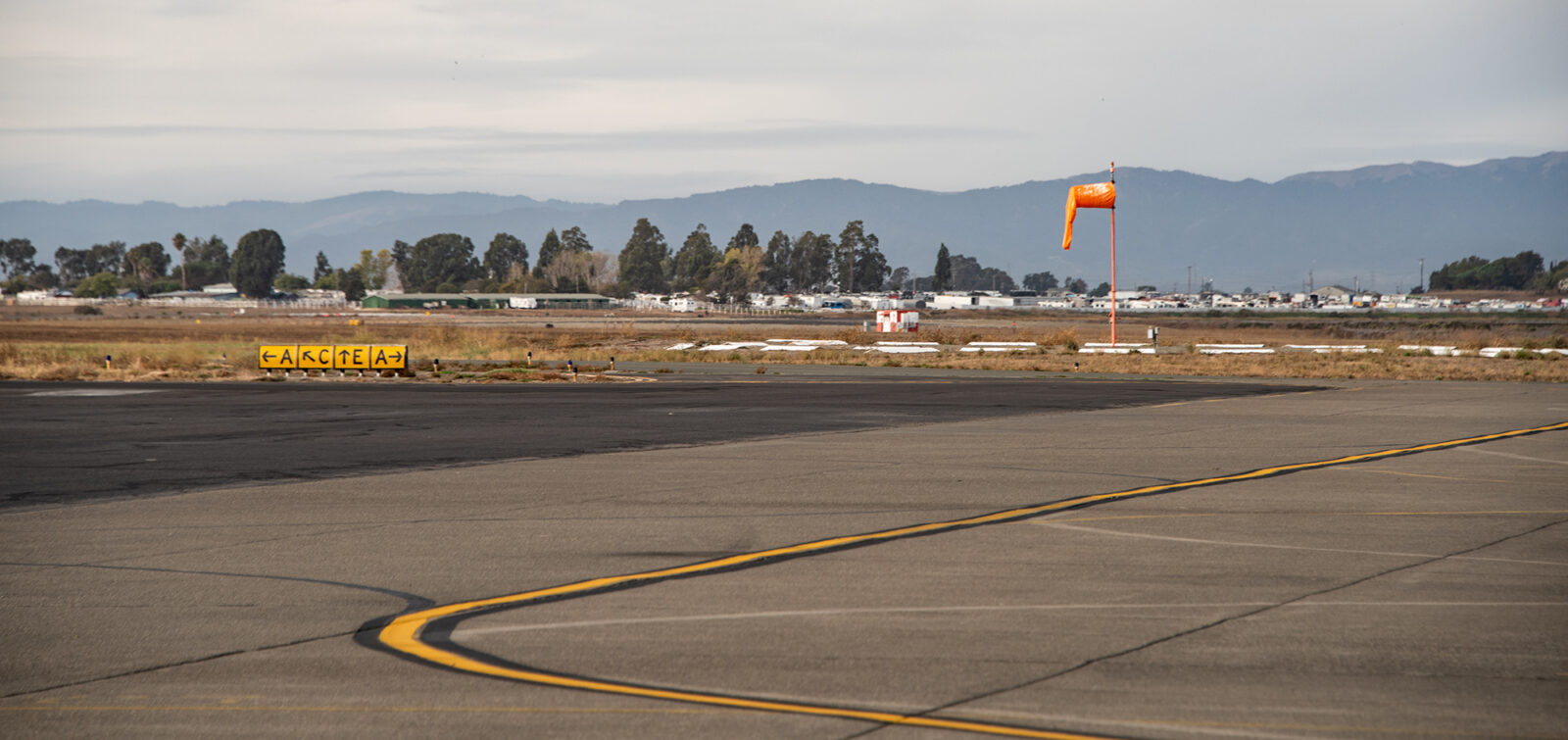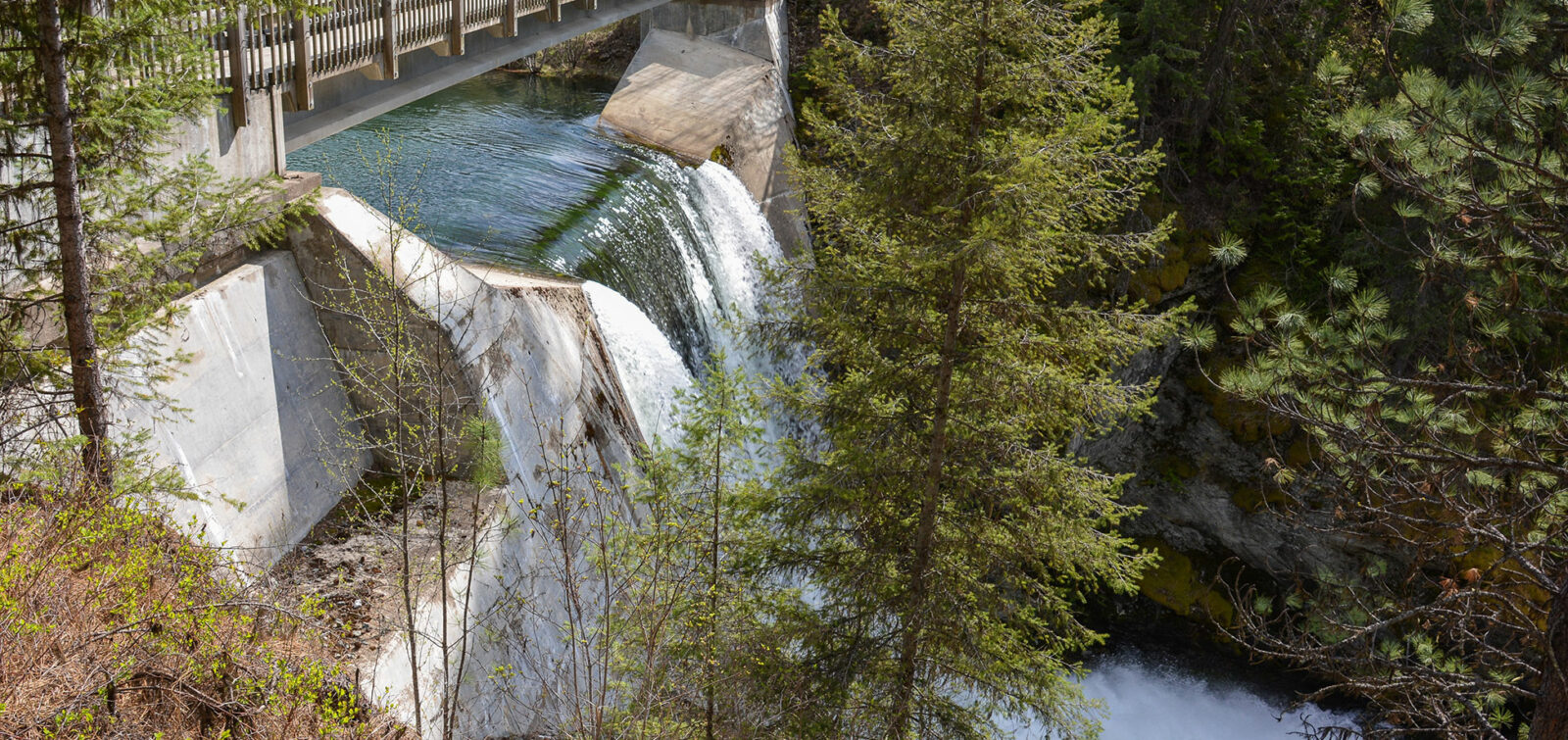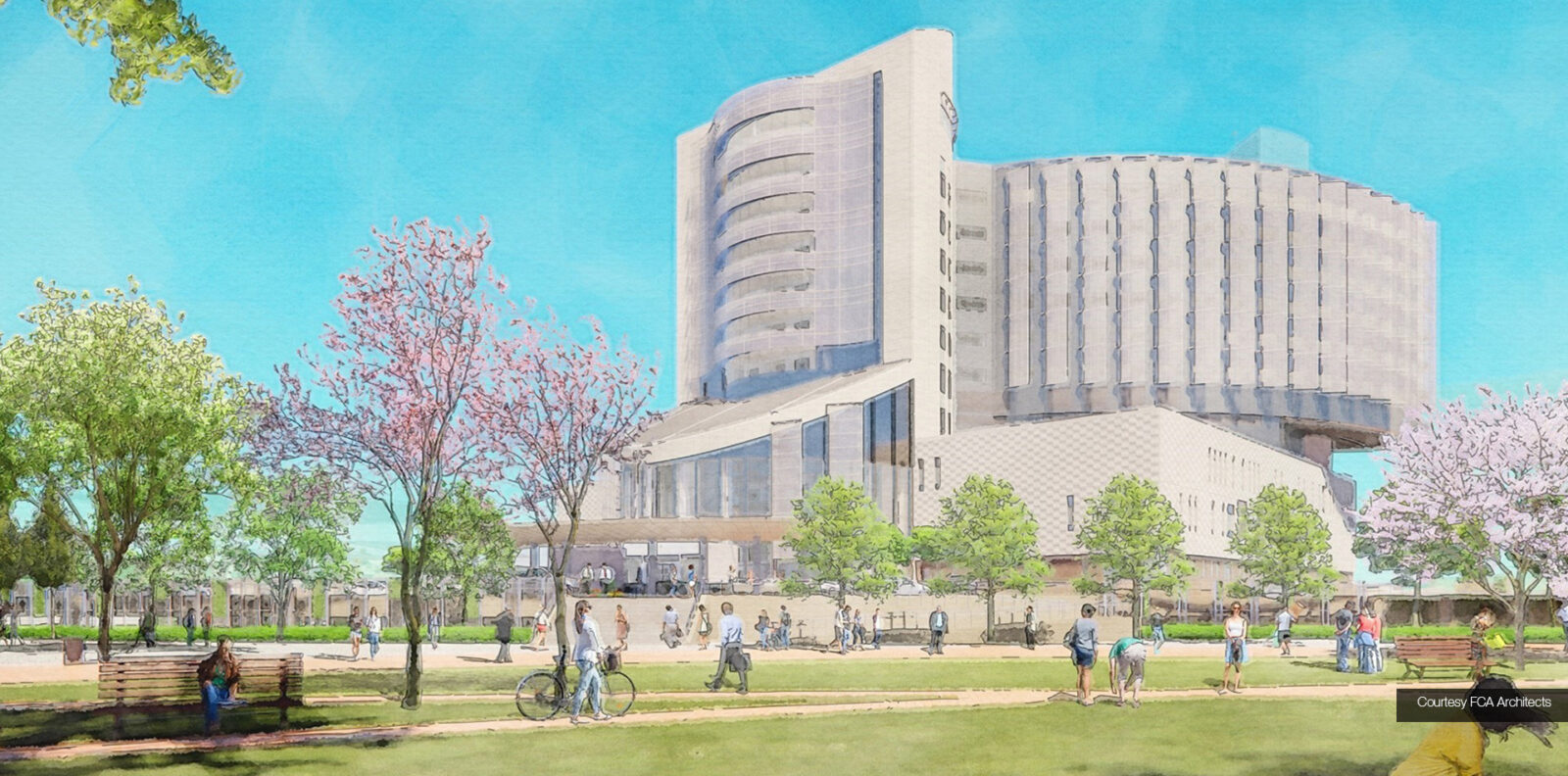The Burke-Gilman Trail (BGT) is one of the most heavily used pedestrian and bicycling paths in Seattle, serving as a major transportation corridor for commuter and recreational bicyclists. Noted as a top priority project in the City’s Bicycle Master Plan, the completion of the BGT network will improve Seattle’s health and quality of life by providing safe bicycle and pedestrian travel routes for residents of all ages.
Today, the BGT is disconnected, with a 1.4-mile gap between the intersection of 11th Avenue NW and NW 45th Street to the Hiram M. Chittenden Locks. This gap in the trail, aptly named the Missing Link, requires cyclists to merge into shared roadways with vehicles and railway tracks. The purpose of the Missing Link project is to connect the two existing portions of the BGT through the bustling and lively Ballard neighborhood, allowing the trail to continue uninterrupted from Golden Gardens to Kenmore Park. The Seattle Department of Transportation (SDOT) has proposed to connect the two segments of the BGT with an extension of a regional trail for pedestrians and cyclists.
It may be hard to believe, but this small, regional trail project has been embroiled in controversy for nearly 20 years. Determining the location of the trail has brought up conflicting interests, including protecting a major water-dependent industrial area in Seattle while creating compact urban villages that are less dependent on cars immediately adjacent to these industrial uses.
As a result of numerous State Environmental Policy Act (SEPA) appeals that delayed the project for years, SDOT was mandated by the SEPA Hearing Examiner to prepare an Environmental Impact Statement (EIS) to evaluate the Missing Link location. ESA prepared an EIS that considered public concerns regarding options and allowed for transparent decision-making. We developed maps with layers and metrics to assist with the visualization of all options for a workshop with City staff, design experts, and our staff to quickly screen dozens of possible routes. The Draft EIS document groups the most reasonable routes into four alternatives with potential connectors to allow a mix-and-match solution for a preferred alternative.
It turns out that the delays and added SEPA requirements were a “silver lining” on this project. With this in-depth study, SDOT was able to step back from their initial alternative and consider the policy issues objectively. They considered the range and types of industrial businesses potentially affected; the interaction between industrial users and trail users, including delays caused by each user group; and ways to improve connections in and through the urban village.
SDOT recently selected a preferred alternative, and the Final EIS will be issued this May. Construction of the trail, 20 years in the planning, is expected to begin in 2018. Regardless of the size of the project, maintaining an objective approach and reviewing each alternative will lead everyone in the right direction. If you are working through a complex project, big or small, and want to learn more about our approach to laying out potential options, please reach out to Mark Johnson or Lisa Adolfson.
